I always remember the pleasant surprise that came to me when I discovered San Clemente, one of the most charming towns in Castilla la Mancha, during a trip through the Cuenca province more than 10 years ago.
I admit that at that time I had not even heard of him, but as soon as I arrived at his Plaza Mayor It surprised me with its pleasant atmosphere of the streets and its immense historical heritage.
In fact, it is considered as Historic Artistic Set since 1980.
I recently had the opportunity to return and I have been able to confirm the good impression of that first visit.
All the information in detail
Where is San Clemente
San Clemente It is located about two hours by car from Madrid, and less than 50 kilometers from Belmonte castle (about half an hour by road), so both places can form the destination of a very good excursion.
El historic center of San Clemente It has just the right dimensions to be visited on foot. You can leave the car in the Plaza Mayor and walk to very easily discover all its treasures.
In the end we will understand why this population was known as “the small court of La Mancha".
The origin of its splendor, between the end of the 15th century and the 16th century, must be sought in the struggles between Isabel the Catholic y Juana la Beltraneja by Throne of Castile. San Clemente He aligned himself with the Elizabethan side, which gave him numerous privileges upon winning the contest.
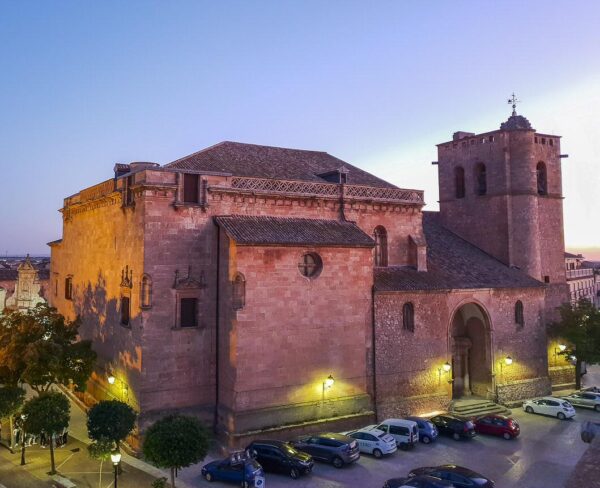
Its wealth attracted many nobles, noblemen and religious orders who built mansions, churches and convents, many of which are preserved today.
What to see when visiting San Clemente
En San Clemente You will also find three museums and the good thing is that they are all located in buildings of great interest and their visit is free.
You will most likely start your journey in the Plaza Mayor, where the two most prominent buildings are located. You will know that you have reached the square because you will have to pass under an arch.
In fact there is three arches at different entrances to the square, which is another of the curiosities of this place and gives it a certain charm.
Roman Arch in San Clemente
The arch called Romano (although it is baroque) unites the Plaza Mayor with the Plaza del Pósito.
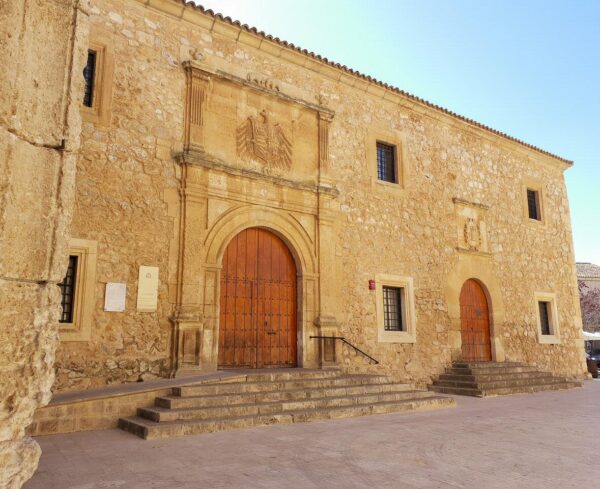
A walk through this place at dusk, when it becomes the meeting point for neighbors, especially young people, is an experience not to be missed.
Town Hall of San Clemente
The building that will first catch your attention is the old Town Hall, maximum example of arenaissance civil architecture in La Mancha.
The façade stands out for its arches and, above all, for the immense coat of arms of Carlos I, one of the most spectacular in all of Castilla-La Mancha.
In this place you will find the tourist office and Museum of Graphic Works Antonio Pérez Foundation.
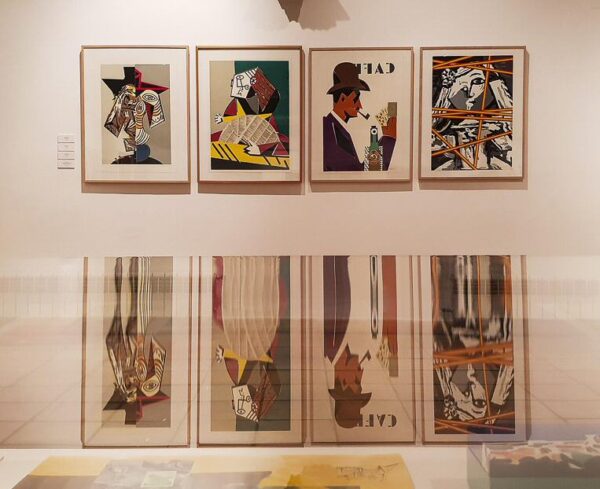
It is one of the few in Spain dedicated entirely to engraving and shows more than 200 works by artists such as Saura, tapies, Thousands, Chronicle Team y zobel. You can even see one of the famous portraits of Marilyn Monroe made by Andy Warhol.
Within the tourist office You will be surprised to find a gigantic 11 meter sculpture titled Cupito... and why not?, which is a wink from the artist Carlos Pazos to topics about Catalan culture.
Church of Santiago Apóstol in San Clemente
Right in front stands out the parish church of Santiago Apóstol.
At first glance it can be seen that it is built in two phases, the late gothic and Renaissance.
ORGANIZE your TRIP
- Don't forget your TRAVEL INSURANCE with a 5% discount
- Book the HOTEL for your trip
- RENT a CAR for your trip
- The best TOURS and EXCURSIONS in Spanish
- NO-LINE TICKETS for museums and monuments
- Best FREE TOURS around the world
- Book your TRANSFER from the airport
- eSIM card with INTERNET at the best price
You have to marvel at its imposing interior and, above all, at the details found in the side chapels.
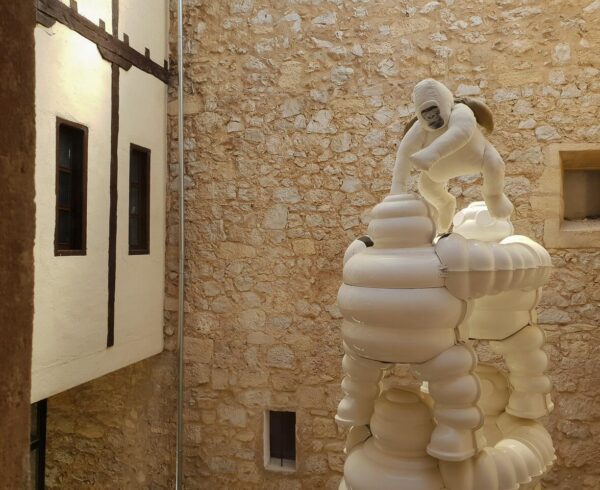
The most curious is the splendid Alabaster Cross, another of the surprises of San Clemente.
Plaza del Pósito in San Clemente
In the Plaza del Pósito You will also find historical buildings such as the one that gives it its name, the Royal Deposit, but also the old jail and some remains of the old Royal Provincial Court.
A curiosity is that San Clemente was the second Spanish population with the most processes of the Inquisition, only surpassed by Huete, a population that is also located in the province of Cuenca.
In the old prison you can now visit the Museum of Christmas Decorative Arts, with a good collection of nativity scenes, as well as the Museum of Mantles of the Virgin of Rus, who is the patron saint of San Clemente.
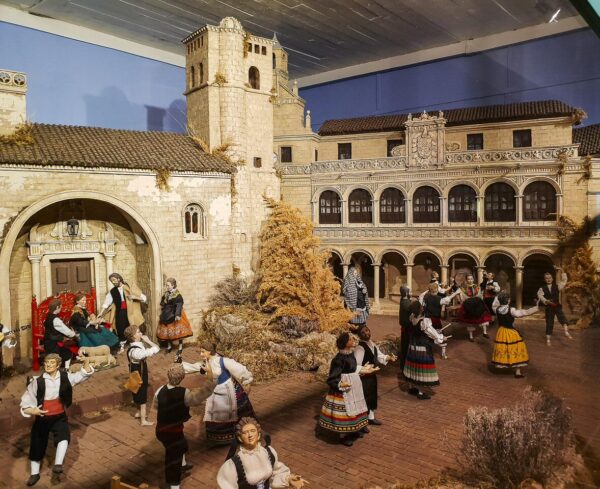
The two pilgrimages in his honor form the axis of the most important festivals.
All of these buildings mentioned and others that you will discover as you walk through the adjacent streets belong to the 16th century, the town's period of splendor.
There is evidence that at that time in San Clemente 80 noblemen lived there, and this is the reason that earned him the nickname “small Court of La Mancha".
Mansions of noblemen in San Clemente
Several of its mansions are still preserved (some better and others worse), such as the Peaks House, House of the Moorish Queen or Piquirroti palace.
A little later are the Oma's House and House of the Marquis of Valdeguerrero.
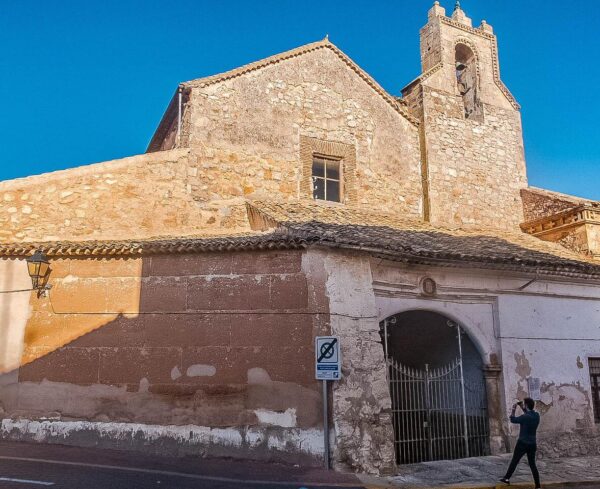
This is the largest of all since it occupies an entire block and once had its own comedy corral.
Right in front of this house appears the old tower, the only medieval building in San Clemente.
Inside is the Ethnographic Museum, three floors with household utensils, farming tools and for making wine, as well as many other objects.
The upper part is a viewpoint from where you have a good panoramic view of the town and its surroundings.
Several convents have been preserved from the period of splendor, such as that of the Assumption, Carmelitas or Gracia, but we will have to be content with seeing the exteriors since they are either closed or very deteriorated and already closed.

Hispania Crystal Route in Cuenca
Another detail of interest in San Clemente is that it is located at the southern end of the Hispania Crystal Route, a long-distance path that connects the mines where the Romans extracted the eyeglass, which was used in architecture before the popularization of glass to close openings while allowing light to pass through.
Mines with the best eyeglass of the Roman empire were close to segobriga, and by San Clemente The route through which this material was taken to the ports of Levante passed through.
San Clemente It is within this route because the Roman bridge that allowed crossing the river is preserved. Rus river.
You will find this bridge, over which vehicles traveling to the surrounding farms have passed until just ten years ago, at one end of the town, at the exit towards Vara de Rey and Motilla.
Don't forget your Travel Insurance
Are you organizing your trip or getaway? Don't leave without take out your travel insurance before, and here we explain why. If you hire it with us, you have a 5% discount
As you have seen, San Clemente It is a place of real interest that is well worth knowing.
How to get to San Clemente in Cuenca
San Clemente is in the southwest of the province of Cuenca, 200 kilometers from Madrid, from where you can get there in two hours via the A-3 or the AP-36.


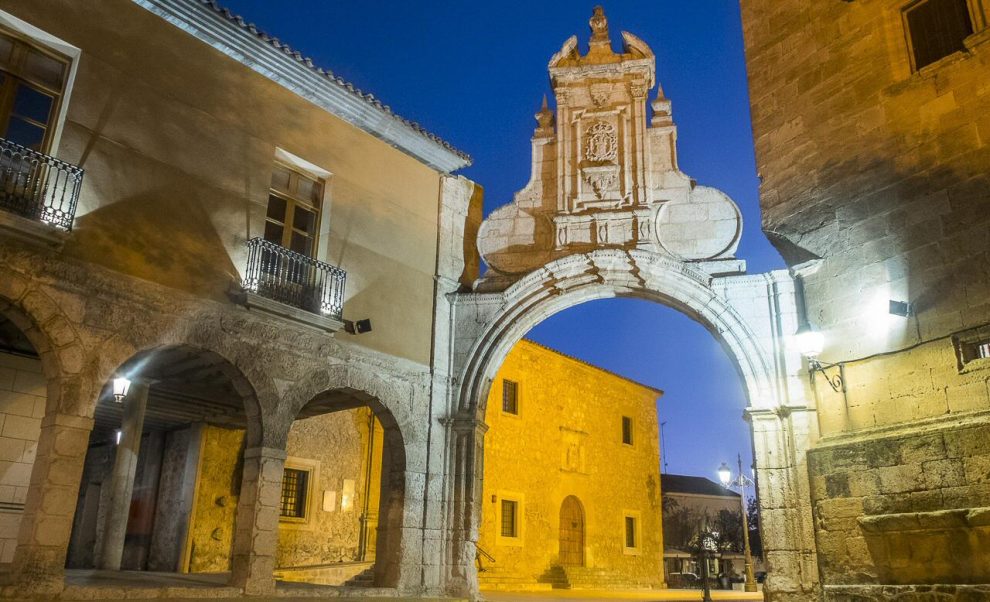

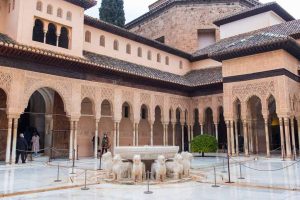
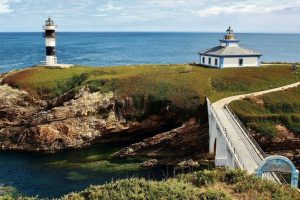











The “Casa de la Reina Mora” is a modern building to which the stones from the façade of another demolished building have been added. For more complete information: http://www.turismosanclemente.com/es/casas-senoriales.zhtm